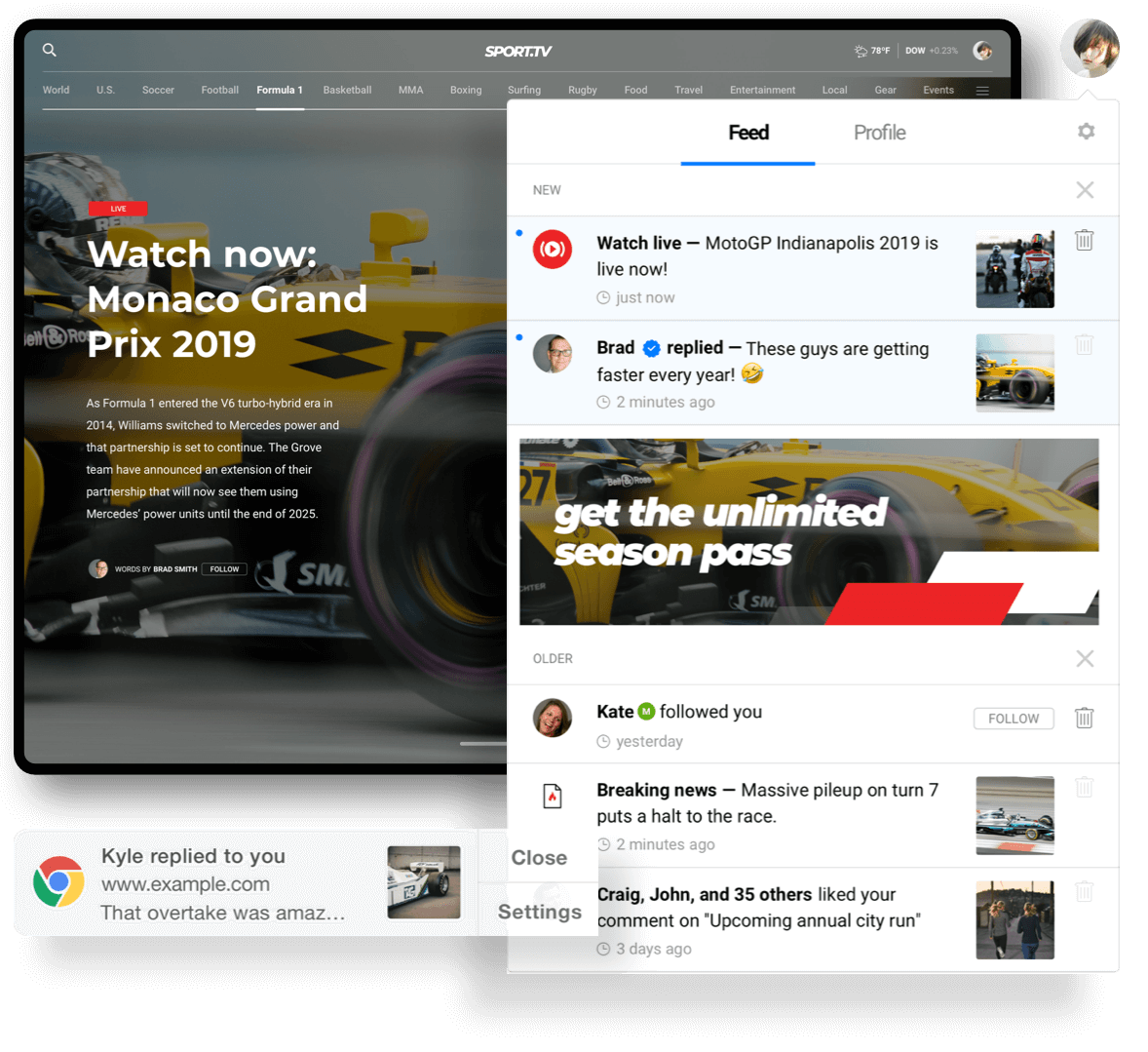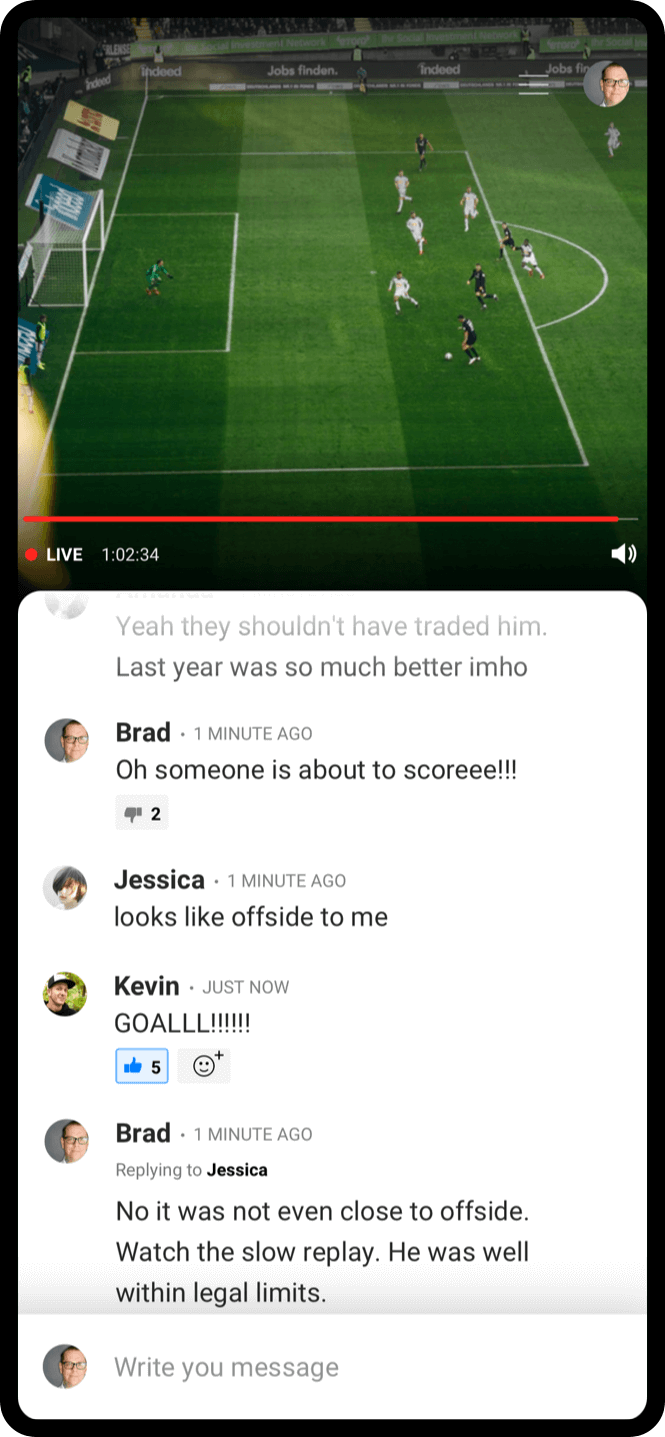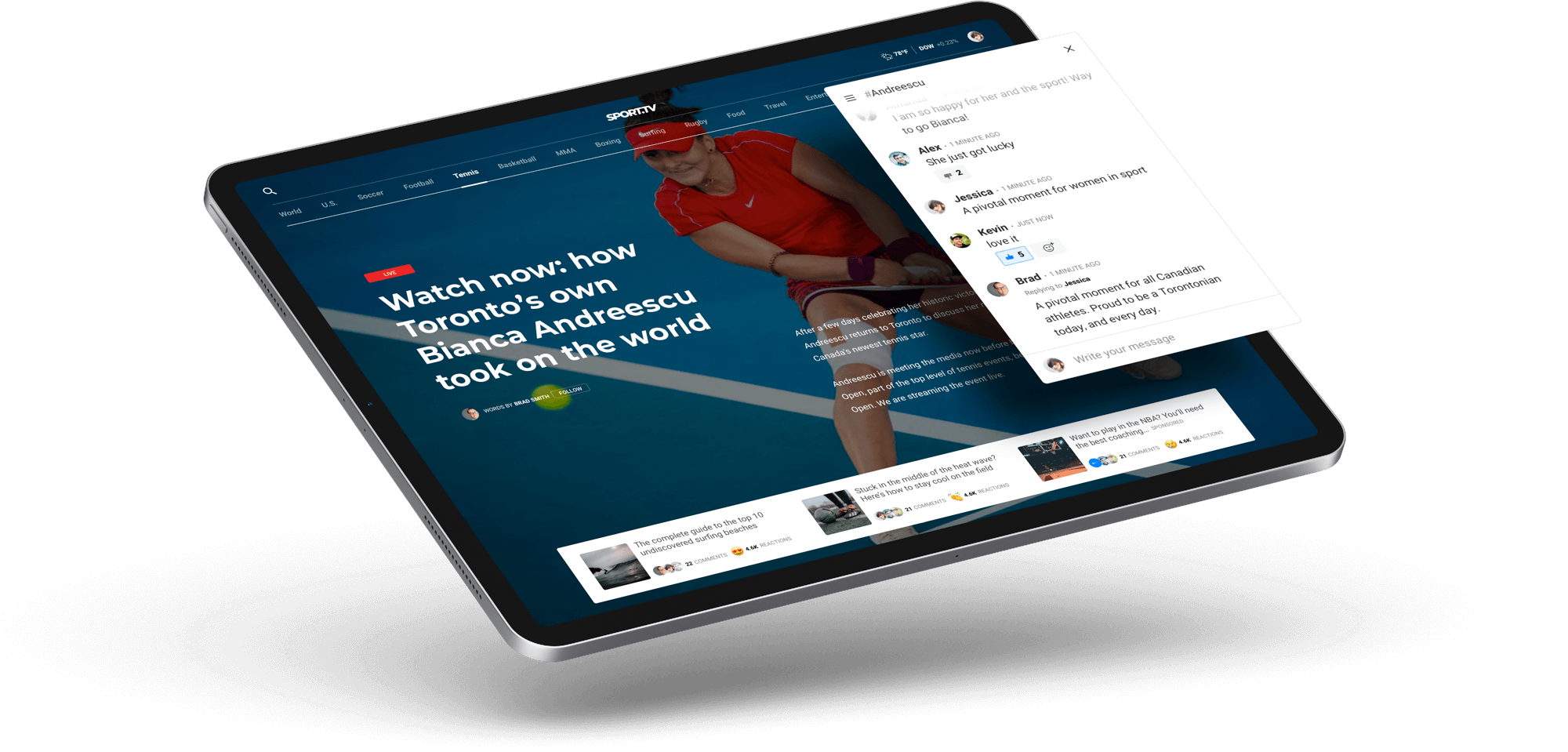This year has been anything but ordinary thanks to the pandemic, the U.S. presidential election and rising awareness around racism. These unprecedented events have undoubtedly changed the way we all live, including how we consume media.
Media companies that hope to triumph over competitors must now adapt to complement their audiences’ appetites and behaviors.
“[The] only way you’re only going to fit into the new normal [is] if you can make big changes to meet these new needs,” explains Doug Phares, the former CEO of Sandusky News Group.
If you want to continue growing and retaining your organization’s audience, stay on top of their new habits below.
People are consuming more OTT content.
With the rise of countless streaming services, including Discovery+, Peacock and HBO Max, the streaming space has been thriving throughout the pandemic.
Disney’s ESPN+ service, for instance, has nearly tripled its subscribers in a single year.
This growing demand for OTT content is partially the result of commuters having more time amid lockdown. However, even as lockdown measures eased up, there’s been a notable 71% increase in consumers rushing to subscribe to streaming services compared to the previous year.
There’s a growing desire for solutions journalism.
The endless stream of hard-to-swallow news related to racism, COVID-19, global warming and Donald Trump has triggered a sense of doom and gloom throughout the world — and people are tired of it.
While this “news fatigue” is preventing people from staying up to date on important information, consumers have expressed a deep interest in solutions journalism.
Rather than just delivering the news, solutions journalism digs deeper into stories and offers realistic responses that can help minimize the issues at hand.
In a recent study of 638 local news viewers, researchers examined the appeal of ordinary news stories versus solutions journalism pieces.
“The results were unambiguous: Solutions journalism stories had greater storytelling appeal, helped distinguish the station from its competitors, and were more likely to inspire viewers to take action,” concludes Andrew Heyward, a senior researcher at the Walter Cronkite School of Journalism.
Audiences are seeking out social engagement tools.
A survey conducted by the International Center for Journalists found that 38% of journalists have noticed positive audience engagement around their brands this year.
Viafoura data has also discovered that the number of unique users interacting with engagement tools online has increased by 53% earlier this year alone.
This boom in audience engagement highlights how consumers are hungry to interact with others around relevant content and experiences online. Although conversation-based tools have long been used by media companies, the pandemic has pushed more people to connect with each other virtually.
There’s a growing interest in local news.
Since the early days of the pandemic, media organizations have observed a renewed appetite for local news. More specifically, news consumers have become eager to understand how COVID-19 continues to impact their communities.
Now people all over the world are investing their time and money into news that informs and supports communities on a local level.
“There’s a huge groundswell here of trying to support local, buy local, support local media and businesses, and we’re trying to ride that as much as we can and build on those levels of trust and relevance,” states Sinead Boucher, CEO of New Zealand media group Stuff Ltd.
Internet users depend more on trustworthy media.
While trolls and misinformation are not new issues for media companies, significant global events have amplified the value of trusted news sources to the public.
For media companies, trust can be built by forming relationships with consumers over reliable content and experiences. This means going the extra mile to moderate digital social spaces, leverage industry experts to support content and provide real-time, fact-checked information.
“These past months have given readers a taste of widespread considered, realistic news reporting at a time when that is what they crave,” says Chris Waiting, CEO of The Conversation U.K. “The onus is now on the publishing industry as a whole to retain these increased levels of trust and earn our place in peoples’ confidence.”
As the consumption habits of media consumers continue to evolve, organizations must become flexible enough to continue meeting their community’s needs. Businesses that are able to do so can earn a dedicated following of supporters that they can count on in the future.









